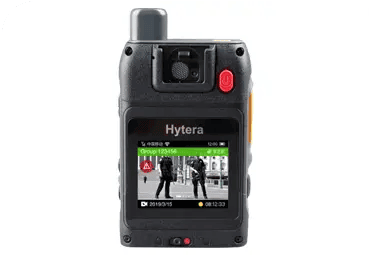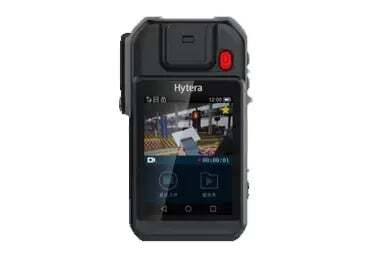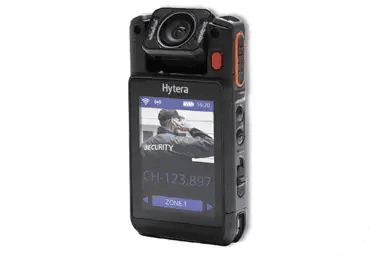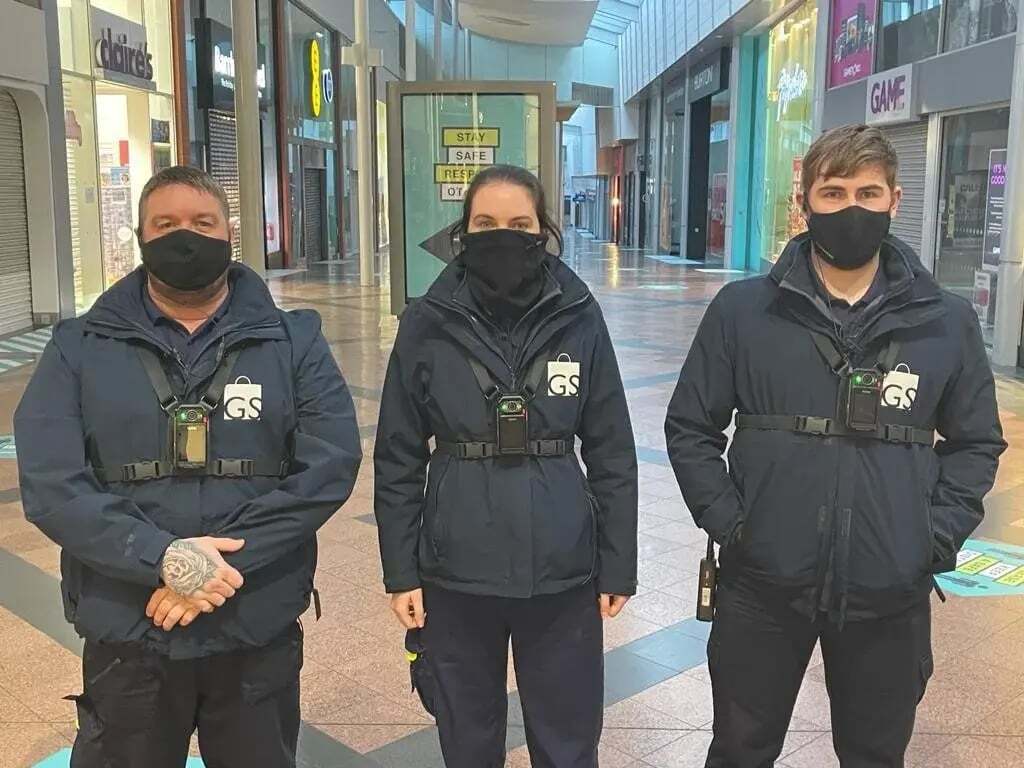Small, wearable security body cameras to hire or buy from one of the UK's leading suppliers.
There is no denying the rise in popularity of handsfree wearable cameras in the UK. Rapidly developing technology means that security staff are able to film in full HD, send out an alert if they are in danger and easily communicate with colleagues. All from a device that could be as small as a business card.
The presence of a body worn camera alone acts as a deterrent for many would-be violent or confrontational individuals. Not only can footage be used as evidence for law enforcement in both criminal and civil proceedings, but it can also be used for the training and development of staff for the future.
Ensure your security & facilities management staff feel safe and have constant communication with colleagues when they need it most.
Whether you require one unit for a lone worker, or you need to kit out a squad of stewards and event security staff, we can help.
Our bespoke packages of body cams have been successfully utilised by clients all over the country from shopping centre security guards to Silverstone, V Festival and O2 Arena.
Sectors we work with
- Construction
- Education
- Retail & Shopping Centres
- Mining, Oil & Gas
- Event Management
- Outdoor Leisure & Holiday Parks
- Healthcare
- Public Transport
- Construction
- Education
- Retail & Shopping Centres
- Mining, Oil & Gas
- Event Management
- Outdoor Leisure & Holiday Parks
- Healthcare
- Public Transport

Hytera 580D Body Camera
- 2” Display
- 1080p HD Video
- SIM card slot for 3G/4G
- 8 hours continuous battery life
- Wi-Fi & Bluetooth built-in
- Records up to 10m in low-light environments

Hytera VM750d Body Camera
- 2.8” Display
- 1080p HD Video
- 3G/4G/ Wi-Fi & Bluetooth
- AES-256 advanced encryption technology
- Infrared Night Vision
- PoC application built in
- 160 degree diagonal field of view

Hytera VM780 Body Camera
- 1080p HD Video
- 216° rotatable lens
- 256 Bit Advanced Encryption
- 3G/4G/ Wi-Fi & Bluetooth
- GPS built-in
- PoC application compatible
- IP67 and MIL-STD-810G
Security Uses For Body Worn Cameras
- People monitoring
- Traffic volumes
- Evidence capture for use in disputes or court cases
- Queue monitoring
- Crowd control
- Training
Who Needs Body Cams?
Body cameras are heavily utilised by those in the security industry, however, we are also seeing a rising interest in body cam usage amongst construction staff, train guards, event stewards, bailiffs, healthcare workers and even parking attendants.

Body Worn Cameras - Case Study
Golden Square Shopping Centre
Industry Sector: Retail & Leisure


Foresolutions LTD has been working with Golden Square shopping centre to upgrade their 2-way radio system and provide technology, including body cams, for their facilities management team.
Now the team at Golden Square can locate people and assets quickly to a more finite location, even pinpointing which level in the centre someone is. The body cams have been integrated into the solution to provide extra reassurance to the centre management that they have real time video capture of events in order to accurately asses a situation and react accordingly, whilst providing their security and maintenance staff with optimum protection.
Using IDS software, the Hytera body camera footage is automatically uploaded and stored securely in the cloud.

Foresolutions were able to bring their expertise to create a setup that uses one main communications device to act as a radio, mobile phone and tracking unit that uses a range of connectivity options to give us a robust, reliable business communications solution.
Stephen Lynskey, Golden Square Shopping Centre
What our customers say
"We work very closely with the retailers and this new radio link will be effective in improving the centre’s customer service and act as a deterrent which in turn will help to reduce incidents."
Keith Wilkie, National Trust at Clivedon
What our customers say
"It achieves all what we needed it to and more. We are able to communicate within a certain range outside of the school too, which is especially useful when some staff are undertaking home visits.
Sam Coombes, Ringwood School
What our customers say
"We work very closely with the retailers and this new radio link will be effective in improving the centre’s customer service and act as a deterrent which in turn will help to reduce incidents."

